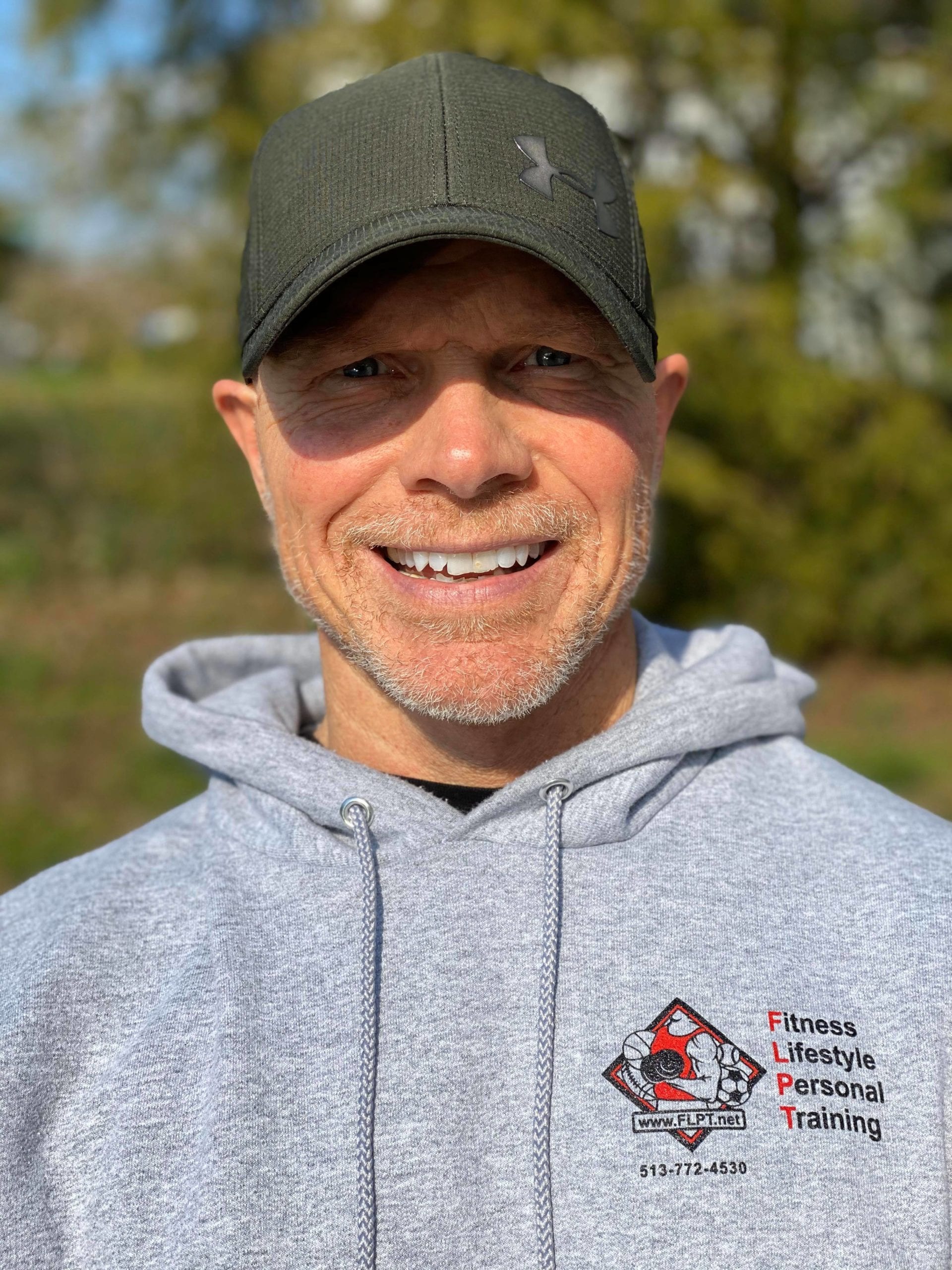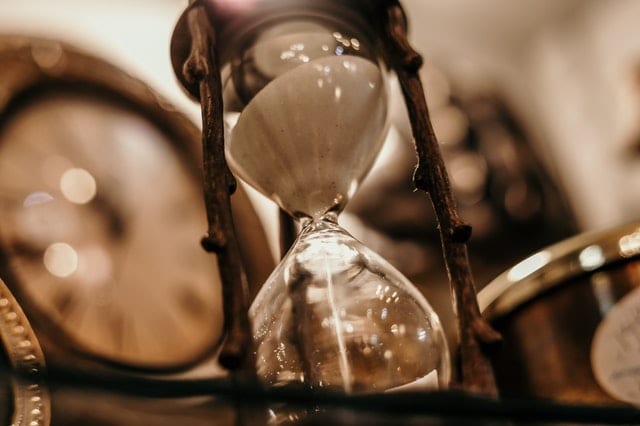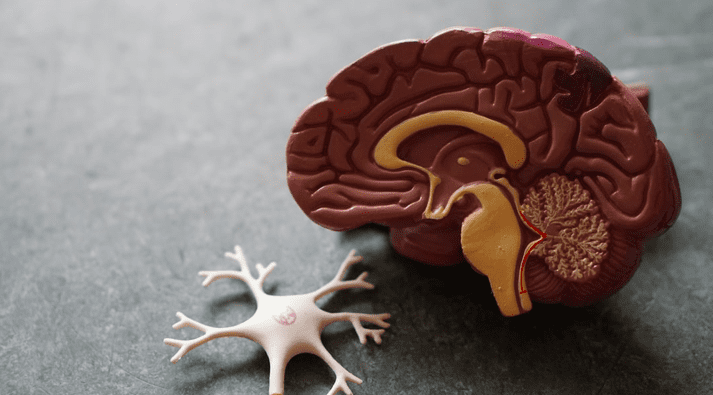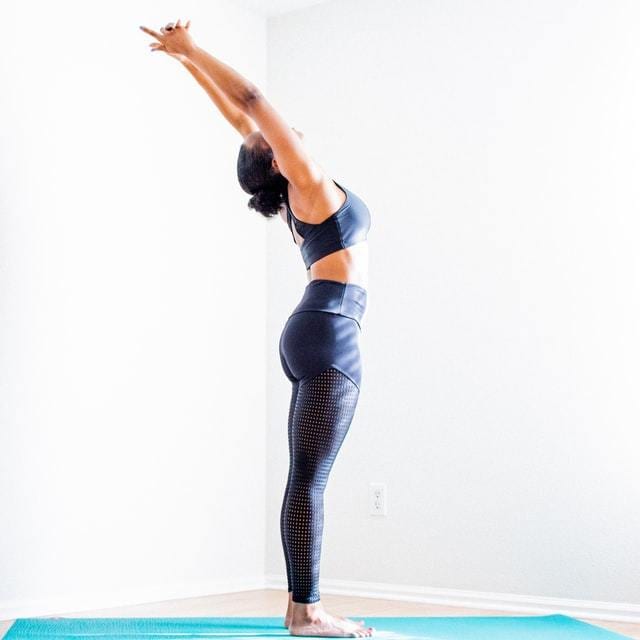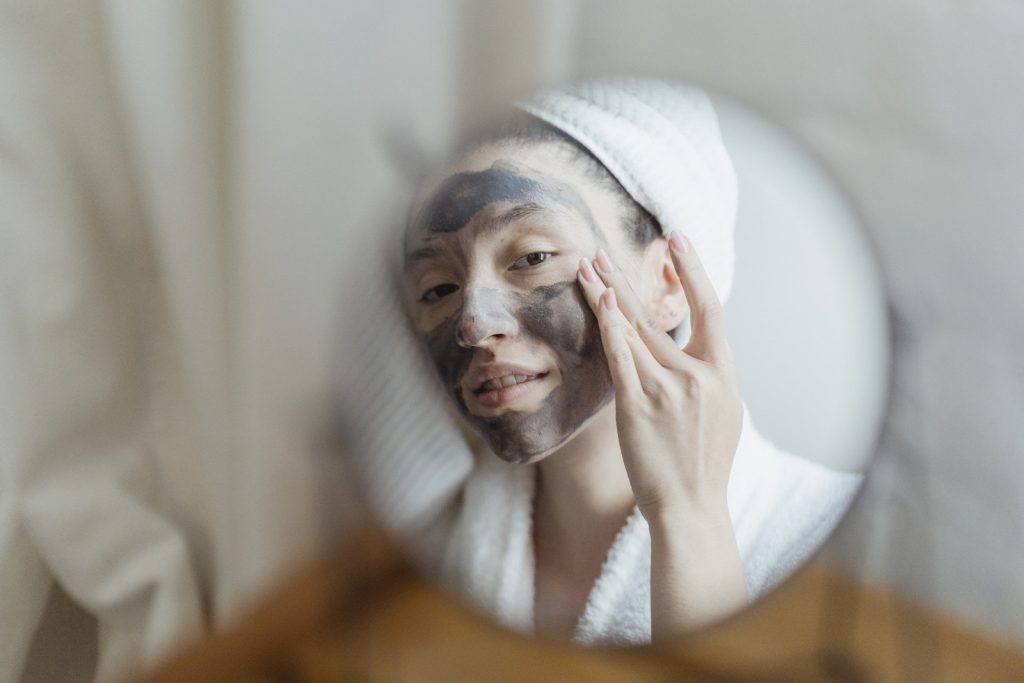
Want to know my best anti-aging tip? My top tip to help you look younger?
Stay active.
I know that might not sound as exciting as some new cream or a miracle supplement, but it is the truth. Moving your body regularly is one of the most powerful things you can do to slow down the aging process.
What’s Behind the Strategy?
What Are Telomeres?
You might have heard of something called telomeres. If not, here is a simple way to picture them. Telomeres are protective caps on the ends of your chromosomes. Imagine your chromosomes are shoelaces. Telomeres are like the little plastic tips that keep the laces from fraying. As we get older, those caps get shorter, and that shortening is directly tied to the aging process.
[RELATED: 9 Healthy Morning Habits for More Energy All Day]
The Research That Changed Everything
Scientists studied telomere length in more than 5,800 adults who took part in the National Health and Nutrition Examination Survey. When they compared the results, they found something eye-opening.
People who were physically active had longer telomeres than those who were not. This was true even when researchers accounted for other factors like lifestyle choices and actual age.
That means, at a cellular level, the active participants were literally younger than the less active group. Imagine being able to protect the smallest building blocks of your body simply by moving more. That is powerful motivation.
Why Activity Helps You Look Younger
Scientists are still exploring all the reasons why exercise helps preserve telomeres, but here is what we know so far. Physical activity reduces oxidative stress, which is the type of damage that accelerates aging. It helps lower chronic inflammation, which is another factor that shortens telomeres quickly.
And exercise improves circulation, which delivers nutrients and oxygen to keep your cells healthier for longer.
In other words, exercise helps protect your body from the inside out.
[RELATED: 7 Surprisingly Simple Ways to Boost Metabolism (Backed by Science)]
How Much Activity Do You Need?
You do not need to run marathons or spend hours in the gym to benefit. The CDC and American Heart Association provide simple, practical guidelines you can follow right now.
- Aim for 150 minutes of moderate cardio each week, like brisk walking, cycling, or swimming. That is about 30 minutes a day, five days a week.
- If you prefer vigorous exercise, go for 75 minutes each week. Running, HIIT, or fast-paced sports all count.
- Include at least two strength training sessions per week. These can be with weights, resistance bands, or simple bodyweight moves like push-ups and squats.
Easy Ways to Get Started
If those numbers feel overwhelming, start small.
- Go for a walk after dinner.
- Do a short bodyweight workout at home.
- Ride your bike with a friend on the weekend
The goal is not perfection. The goal is consistency. When you find activities that you enjoy, it becomes easier to stick with them, and those benefits will add up over time.
[RELATED: How Your Metabolism Slows Down With Age and What You Can Do About It]
Your Next Step
The power is in your hands. Staying active does not just help you look younger on the outside, it actually makes you younger at the cellular level. You do not need fancy equipment or expensive products. You only need your body and a commitment to move it regularly.
So here is my challenge to you. Commit to moving your body this week. Try to hit that 30 minutes a day target and add in two days of strength training. Pay attention to how much better you feel and remind yourself that you are investing in a younger, stronger, and more energetic version of yourself.
References
CDC Guidelines for Physical Activity in Adults
Leukocyte Telomere Length and Physical Activity in U.S. Adults
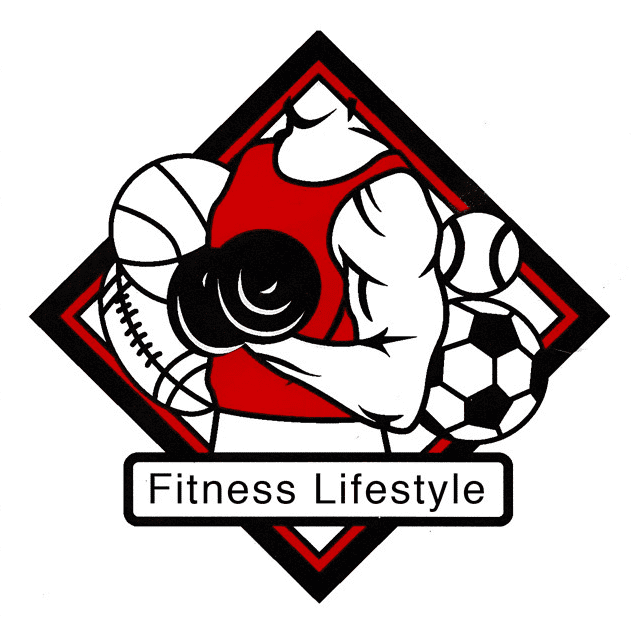

), //www.fitnesslifestylellc.com/wp-content/uploads/2024/10/3076514.jpg))

), https://www.fitnesslifestylellc.com/wp-content/uploads/2024/10/3076514.jpg))




